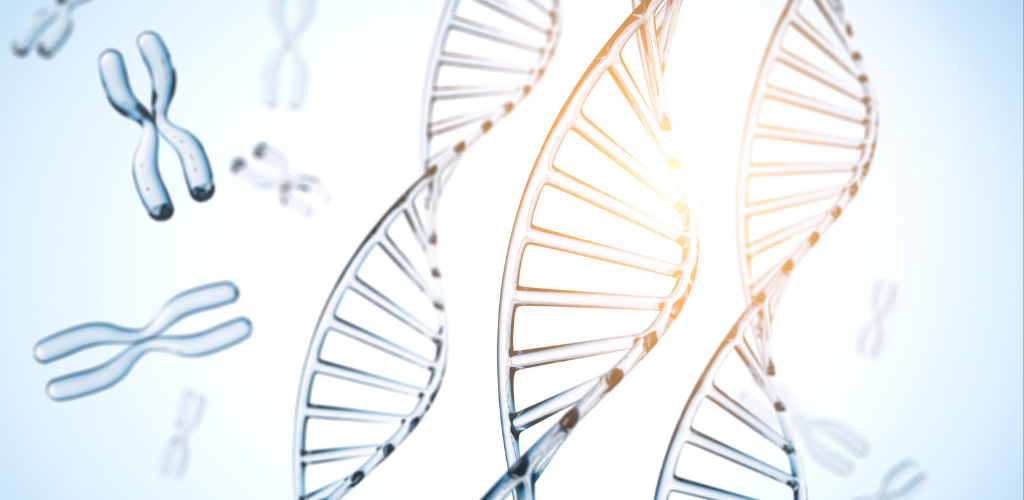NGS analysis of cell-free DNA (cfDNA) is a rapidly advancing field with diverse applications in personalized medicine, particularly in the context of cancer diagnosis, treatment, and prognosis. This blog will provide an introduction to NGS and cfDNA, discuss NGS analysis methods, explore the applications of NGS in cfDNA, and address the challenges and future prospects of this technology.
Introduction to NGS and cfDNA
Next-generation sequencing (NGS) is a high-throughput DNA sequencing technology that has revolutionized genomic research and clinical diagnostics. It allows for the rapid and cost-effective analysis of DNA, enabling the detection of genetic variations with unprecedented accuracy. Cell-free DNA (cfDNA) refers to fragmented DNA molecules that are released into the bloodstream through various mechanisms, including apoptosis, necrosis, and active secretion. In the context of cancer, cfDNA includes circulating tumor DNA (ctDNA), which originates from tumor cells and carries genetic alterations characteristic of the tumor.
NGS Analysis Methods for cfDNA
NGS analysis of cfDNA involves several key steps, including the isolation of cfDNA from blood samples, library preparation, sequencing, and bioinformatic analysis. The development of targeted NGS assays, such as the Oncomine Lung cfDNA Assay, has enabled the sensitive and specific detection of low-frequency mutations in cfDNA, making it a powerful tool for non-invasive cancer diagnostics and monitoring. These methods have been validated for clinical use and are essential for the accurate detection of genetic alterations in cfDNA.
Applications of NGS in cfDNA
The applications of NGS in cfDNA are diverse and impactful. NGS-based profiling of cfDNA allows for the comprehensive and real-time molecular characterization of tumors, early detection of resistance mechanisms, and monitoring of therapy response. It also has the potential to detect minimal residual disease in early-stage cancer patients, guide treatment decisions, and improve the overall prognosis. Furthermore, NGS analysis of cfDNA has been shown to be as effective as traditional tissue biopsy, offering a less invasive and more comprehensive approach to cancer diagnostics.
Challenges and Future Prospects
Despite its tremendous potential, the widespread adoption of cfDNA analysis by NGS faces several challenges. These include the optimization of pre-analytical and analytical procedures, standardization of operating protocols, and validation of NGS assays for clinical use. However, ongoing research and technological advancements are addressing these challenges, paving the way for the broader integration of cfDNA analysis into routine clinical practice. The future prospects of NGS-based cfDNA analysis are promising, with continued improvements in sensitivity, specificity, and cost-effectiveness, making it an indispensable tool in the era of personalized medicine.
In conclusion, NGS analysis of cfDNA is a rapidly evolving field with transformative implications for cancer diagnostics and personalized medicine. The integration of NGS technologies with cfDNA analysis holds great promise for improving patient outcomes and guiding more effective treatment strategies.
By incorporating relevant keywords and providing valuable insights into the topic, this blog aims to enhance its search engine visibility and provide informative content for readers interested in the NGS analysis of cell-free DNA.




